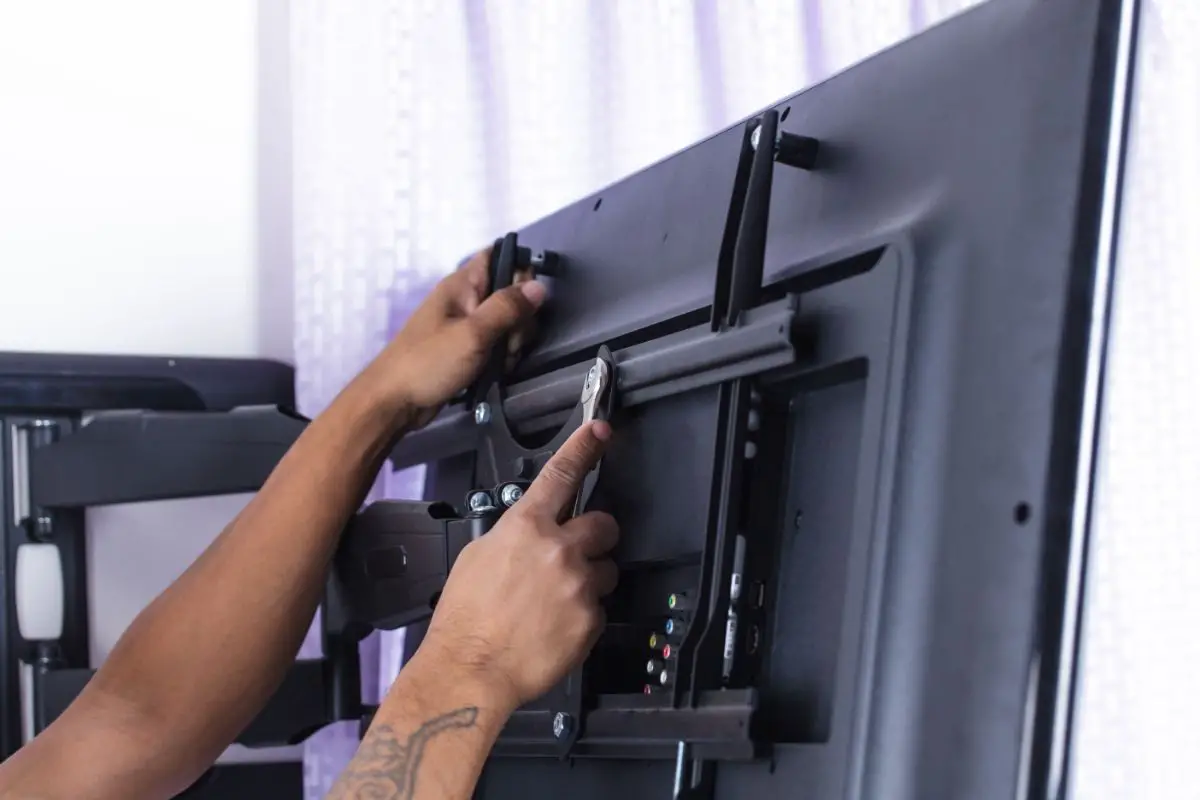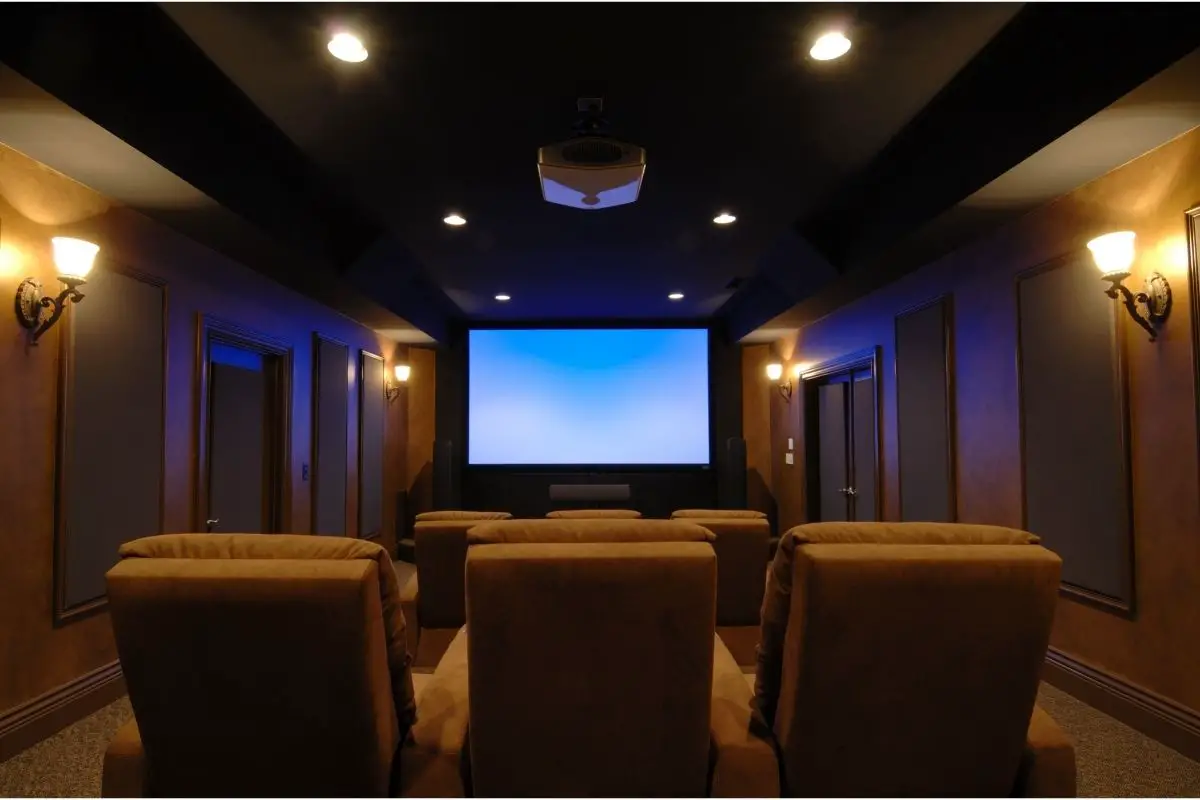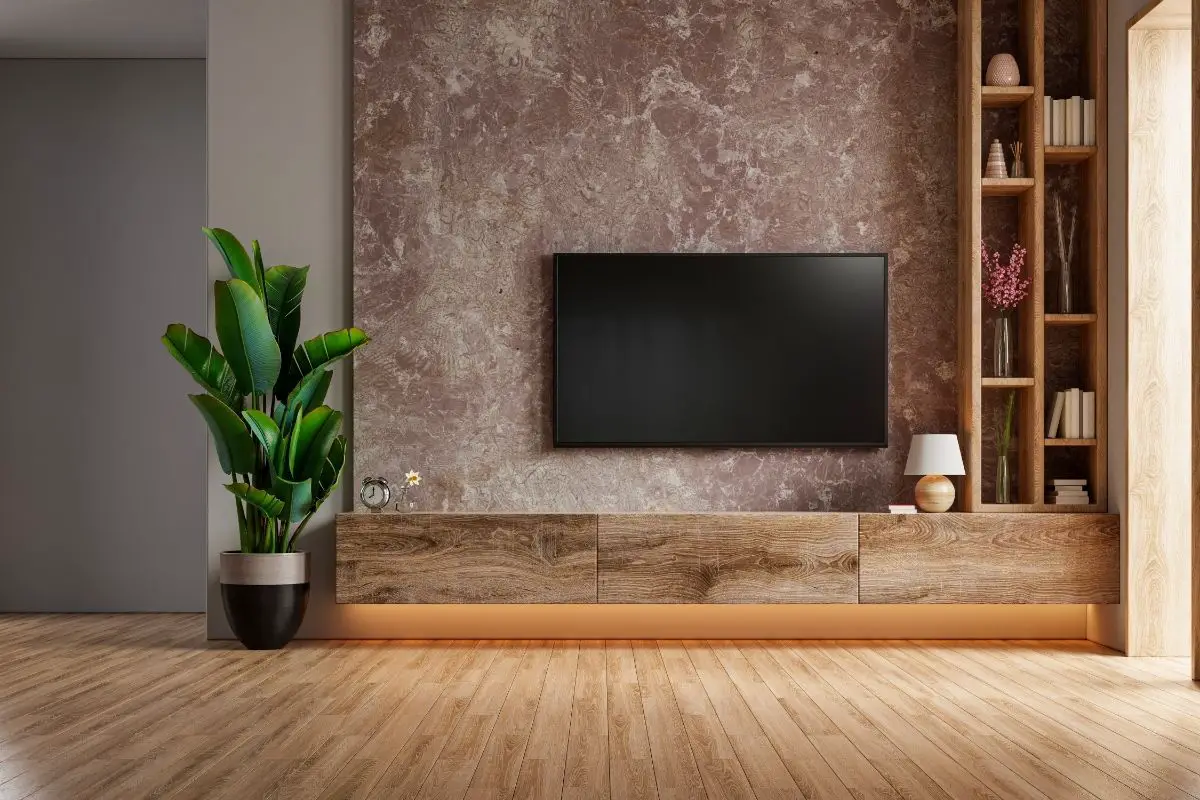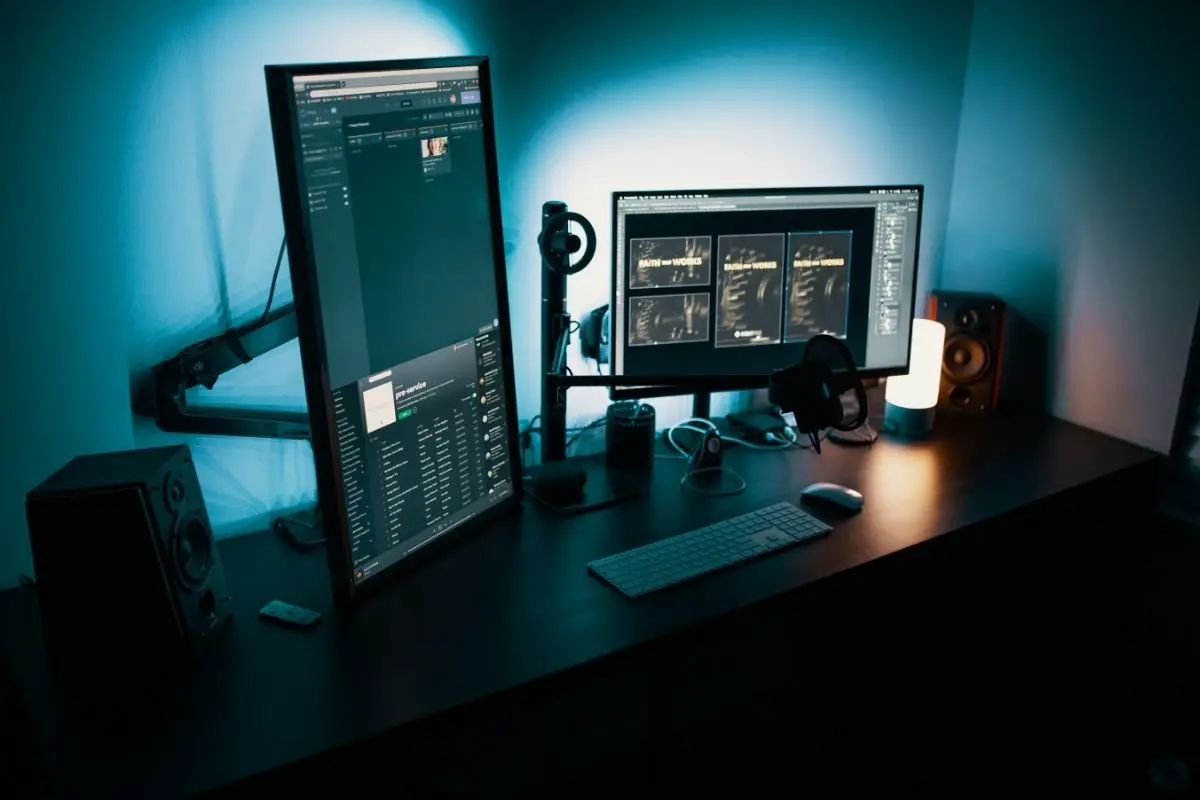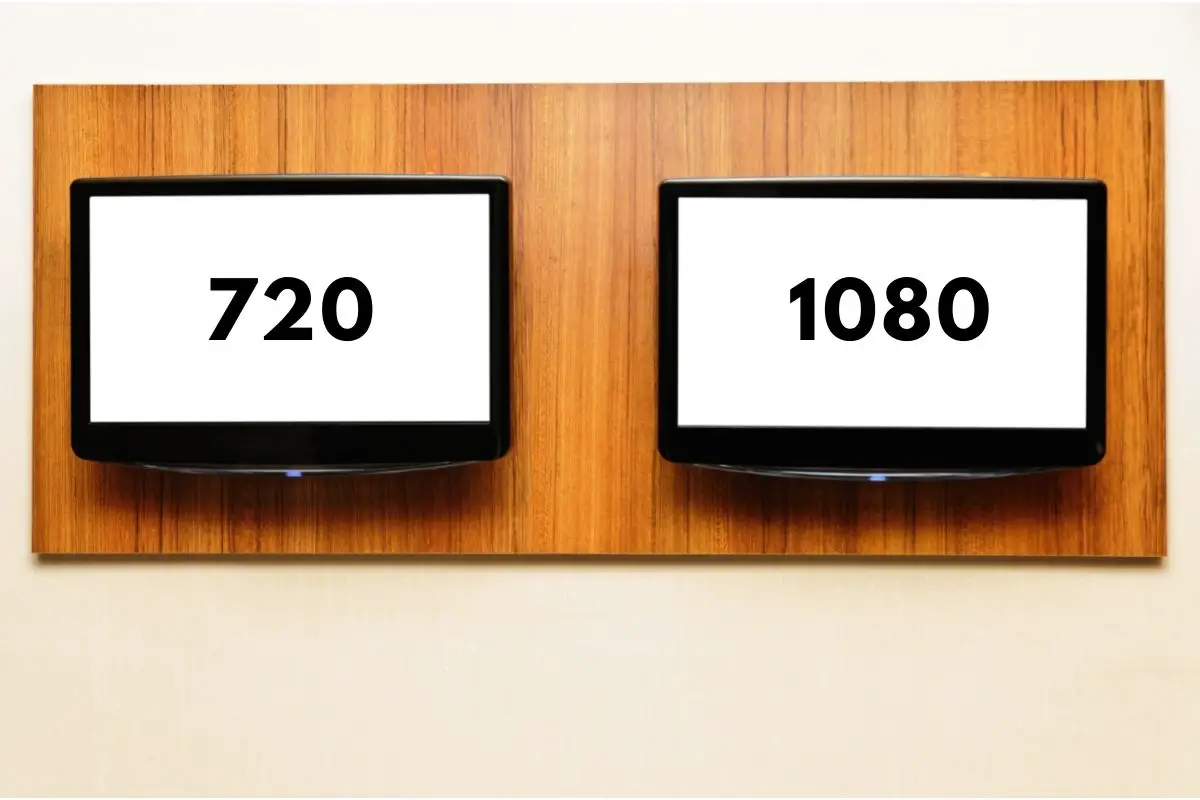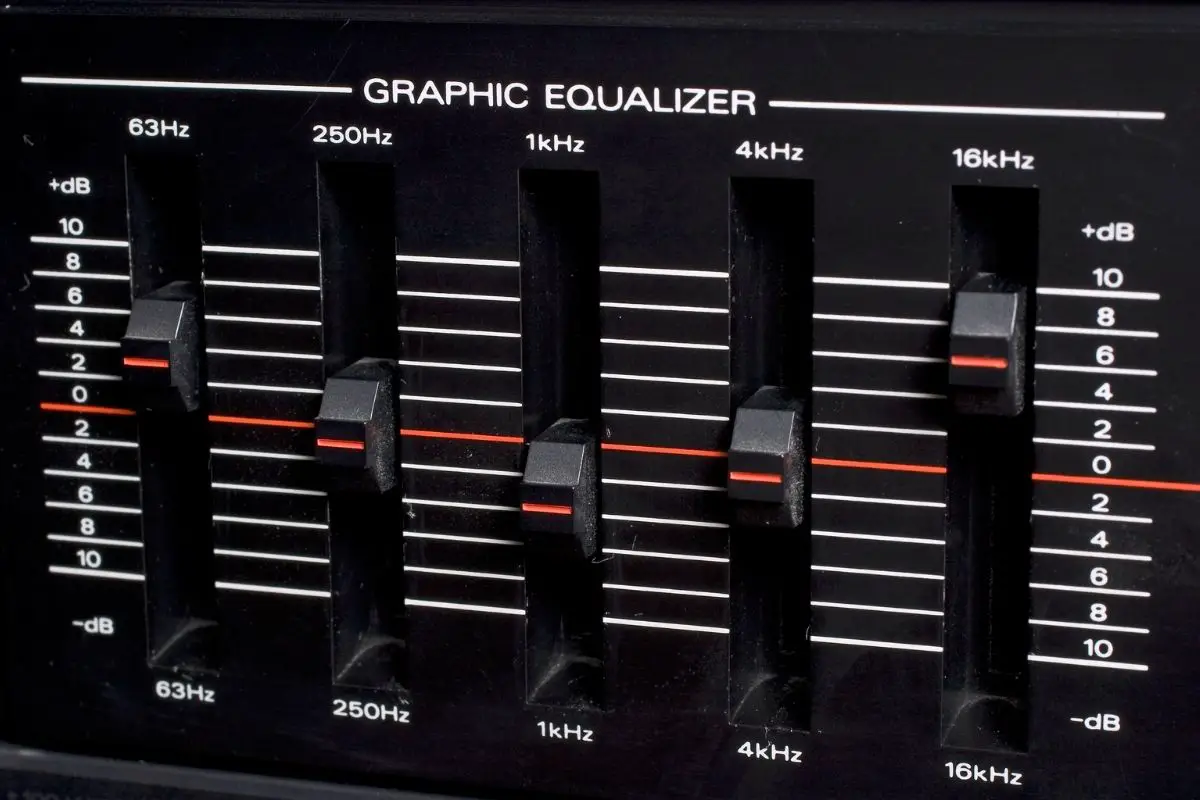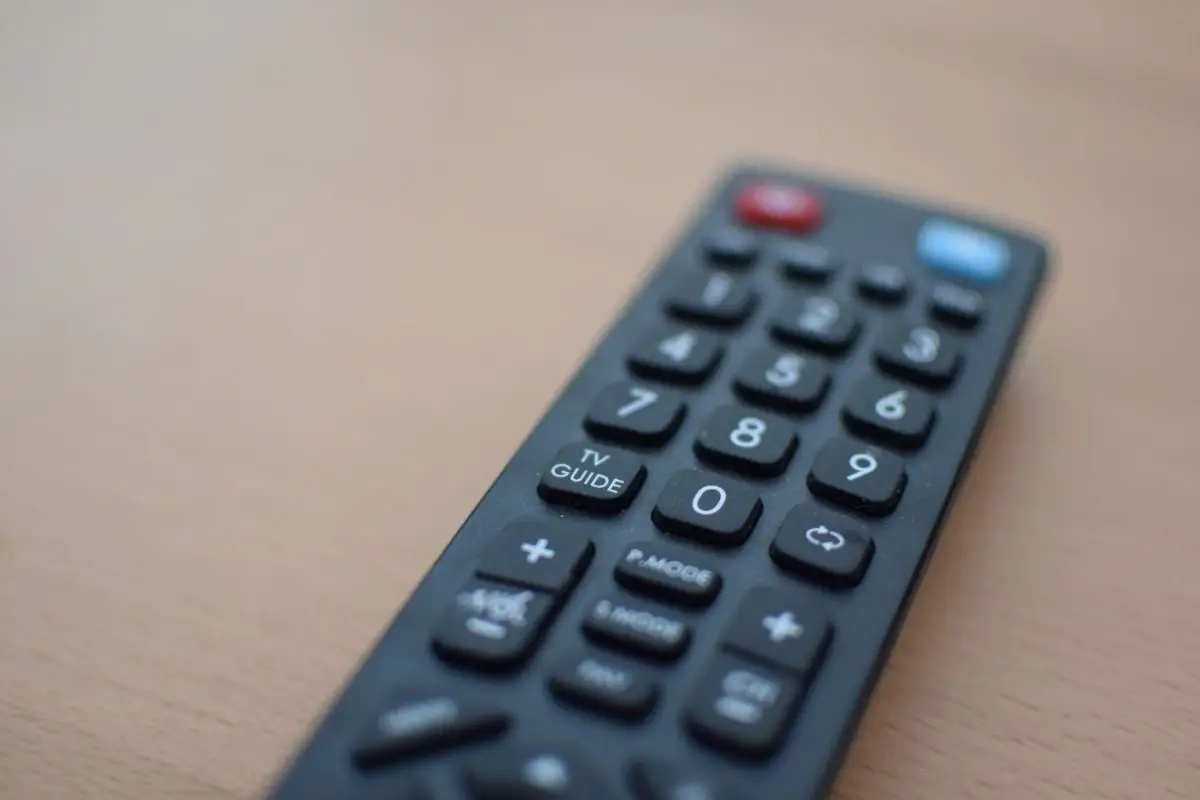If you’re like most people, you probably have a few HDMI devices that you use regularly – your TV, your cable box, maybe a game console or two. And if you’ve got a soundbar, chances are you want to connect all of those devices to it so you can get the best possible sound quality.
But connecting multiple HDMI devices can be tricky, especially if you’re not sure how to do it. Not to worry – we’re here to help!
In this blog post, we’ll walk you through the process of connecting multiple HDMI devices to your soundbar and show you how easy it can be. So let’s get started!
Do Soundbars Have Multiple HDMI Inputs?
If you’re in the market for a new soundbar, there’s one crucial question you need to ask yourself before making your purchase: how many HDMI devices do you want to connect? Unfortunately, most soundbars have just one or two HDMI inputs, which means they can’t accept more than two HDMI devices at once.
The key is finding a soundbar that has enough inputs for all of your HDMI devices, so if you plan on connecting more than two or three devices, be sure to check out our blog post about choosing the best soundbar with multiple HDMI ports.
If you already own a soundbar and are looking to add an extra input or two, plenty of great options are available. Just make sure it has the correct number of inputs for your setup.
How Many HDMI Inputs Do I Need on a Soundbar?
If you’re looking to connect just a few HDMI devices to your soundbar, one or two inputs should be enough for most people. However, it’s important to note that some televisions have multiple HDMI ports on the back, so before purchasing a new soundbar, make sure it won’t block the other ports on your TV. You can test this by simply plugging in one of your devices and seeing if there are any issues with it sticking out further than you’d like. If not, feel free to choose whichever bar suits your needs best!
Also, If you’re looking to connect three or more devices, then a soundbar with multiple HDMI ports is your best bet. That way, you’ll only need to run one wire from the soundbar to your TV without blocking any of the other ports on your TV.
When connecting two HDMI devices, remember that both of them should be powered on before you try turning on your soundbar. For example, if you want to connect your cable box and DVD player and watch a movie, turn both devices on before turning on the soundbar. Unfortunately, this may mean leaving them turned on for extended periods when not used, which isn’t ideal for energy efficiency or device lifespan.
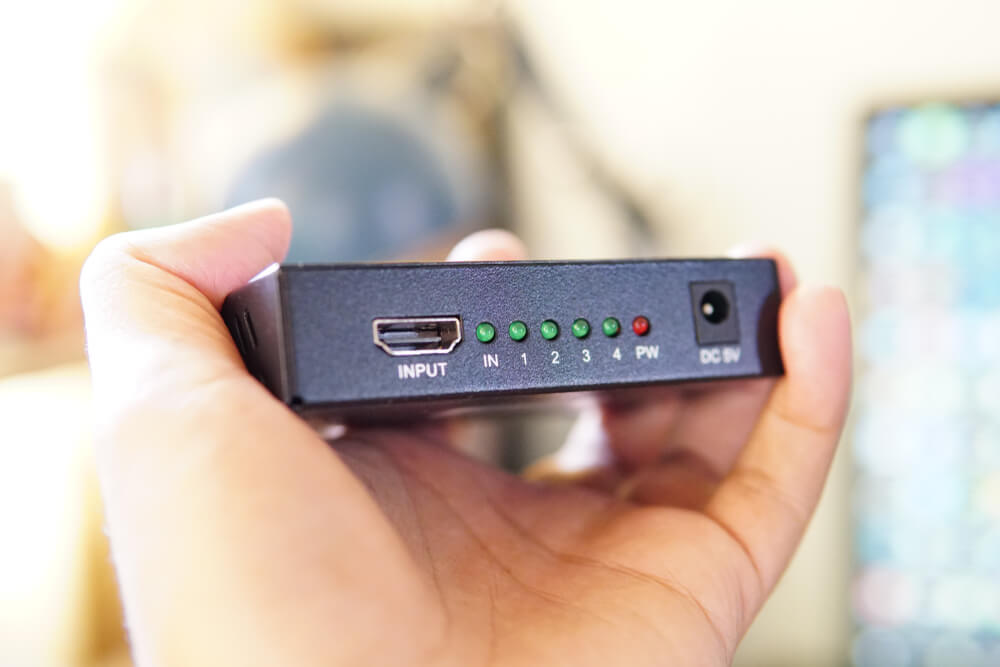
Can You Use a HDMI Splitter on a Soundbar?
You could use an HDMI splitter if you wanted to, but we wouldn’t recommend it. Splitters can reduce picture quality by splitting the signal into two outputs – one going to the soundbar and another to your TV. If you’re looking for a clean setup with no sacrifices in quality, stick with a soundbar that has multiple inputs so you can connect all of your devices at once.
Whenever possible, try to connect everything you want to the soundbar directly. If you have an antenna or other similar device that you can only hook up through a phone line or RCA connection, this may mean connecting it to your TV first and using an optical audio cable from your TV’s output. This could also apply if you have a surround sound receiver with multiple HDMI outputs and want all of your devices to be connected directly to the bar.
Regardless of how many devices you plan on connecting, if they’re all powered off when you try turning on your soundbar, then there’s no harm in just plugging everything in at once. Of course, it could take some trial and error to find which setup works best for your situation, so remember that plenty of options are available!
How Many Devices Can You Connect to a Soundbar?
It all depends on what type of soundbar you own and how many HDMI inputs are available. You might need to plug your devices into the TV and use optical audio from the output, so feel free to experiment with different setups until you find one that works best for your needs!
If you want a clean setup without any wires mixed up across your living space, then making sure there’s enough room between your TV and Soundbar is critical. That way, you can have all of your devices plugged into the soundbar, so you don’t have to worry about tripping over any cables on your TV.
One thing to keep in mind is that some televisions have multiple HDMI ports on the back, so before purchasing a new soundbar, make sure it won’t block other inputs on your TV! You can quickly test if there’s enough space by simply plugging in one device and making sure it doesn’t stick out further than you’re comfortable with.
Also, If you’re looking to connect three or more devices, then a soundbar with multiple HDMI ports is definitely where it’s at. That way, only one wire will need to be connected from the bar to your television without blocking any other ports on your TV.
How Do I Use HDMI ARC on Multiple Devices?
If you have a TV with multiple HDMI ports, utilizing HDMI ARC is the way to go. This will allow more devices to be connected at once without mixing up wires across your living space.
The first thing you’ll need to do is purchase an HDMI audio extractor compatible with your specific soundbar model. If you’re looking for something that can support two or three different devices, then using an HDMI audio extractor will give you the most options for connecting everything in just one wire. Alternatively, some models of soundbars are coming out with their built-in audio extractors, so make sure to check reviews before making your final purchase!
You also might want to consider purchasing an HDMI switch if you want to connect more than one device. This will allow you to choose from multiple devices without any complicated processes, but keep in mind that not all HDMI switches are created equally so a cheap switch might cause problems down the line!
For a hassle-free experience, try using a wireless connection for devices that support it. Using Bluetooth or other types of wireless technology gives you more options for locating your devices since they don’t need to be directly near your soundbar anymore.
Can You Connect Two TVs to the Soundbar?
It might be possible if you have a dual output soundbar designed to work with multiple devices. However, even though some people report that they can get two TVs working at once, it might not be safe since they haven’t been tested extensively, and there may be side effects.
If you want to run two TVs through your soundbar, we recommend looking for models of soundbars compatible with Dual HDMI Outputs. This will give you more options for having another television connected without blocking other ports on either of the sets.
Can I Connect HDMI ARC and Optical at the Same Time?
Yes, it’s possible! Most soundbars will support both HDMI ARC and Optical simultaneously as long as you’re using a compatible soundbar.
As long as you have enough ports on your television and soundbar to accommodate all of your devices, then the sky is the limit when it comes to what kind of setup you can use. First, of course, you need to try different configurations until you find one that works best for your needs. And remember, always make sure that any wires are well hidden so they don’t come in contact with direct sunlight or hot appliances that could cause damage!
Boombox-style speakers operate by receiving audio signals wirelessly from mobile devices, which is why they’re called “wireless.” Just make sure that the boombox supports Bluetooth 3.0, or higher, as older versions of this wireless technology might not have enough capacity to transmit audio signals wirelessly from your smartphone, tablet, or laptop.
In terms of how it works, a wired connection will send audio signals directly from one device to another, so all you need is one cable from both devices to be completely connected. If a soundbar has an optical input, then you’re golden since that means it can connect easily with any other device that’s also equipped with an optical output.
If you have a TV that only has an HDMI port, then you’ll need to purchase a separate digital-to-analog converter (DAC) if you want to use a soundbar with something like your cable box. The DAC will translate the digital signal from your cable into an analog format that’s compatible with the soundbar so you can have a complete home theater experience.
Other FAQs
What is Audio Return Channel (ARC)?
Most televisions nowadays support an audio return channel (arc), which is just an addition to your typical HDMI cable since it doesn’t require a separate wire. Instead, the HDMI cable is usually split into two at some point – one going to your television and the other going to your soundbar. The audio return channel will allow the audio from your TV to travel back down the same wire directly to your soundbar.
For example, suppose you’re watching a movie. In that case, all of the dialogue from that film can be sent directly back down that same HDMI cable without any extra wires or complicated processes involved. This makes it much easier for many people since they no longer have to worry about where their devices are located directly near their television!
To take advantage of this type of feature, you’ll need a newer model television with at least 1-2 HDMI ports on the back and a soundbar capable of utilizing an audio return channel. This feature is handy since you can now connect all of your devices to the bar without having to worry about any other wires getting mixed up or tripping over them on the floor!
An HDMI cable with two male ends is required for this type of setup, so make sure that your television’s ports can support this first before purchasing an HDMI audio extractor!
What is an HDMI Audio Extractor?
An HDMI audio extractor is a small device that allows you to connect more than one device to your soundbar. This type of setup typically requires two different devices on the back of the unit: one input and one output. The input goes directly into where all of your other devices are plugged in, while the output will go directly into the port on your soundbar itself.
This type of setup can be helpful for people who want to take advantage of digital surround sound or multiple inputs without constantly moving their devices around! It also works well if you have older model televisions without ARC compatibility since this will allow you to get audio from these sets still even they’re not close by.
How do Digital and Analog Audio Work Together?
If you’re considering purchasing a soundbar, we recommend looking for one that supports both digital and analog audio inputs. Using either of these types of connections will help cover most setups since not all devices support ARC or wireless audio connections. This feature will allow you to bypass any complicated setups by using an optical cable. Still, it also helps reduce rewiring costs when you want to upgrade your television in the future!
An example of this type of connection would be having four HDMI ports on the back: three for different devices and one for TV. The first device could go into port one and is compatible with HDMI. In contrast, port two can support ARC-enabled soundbars without the need for any extra wires. you could use ports 3 and 4 through analog connections with one directly plugging into your TV itself. In contrast, the other goes directly to another soundbar. Using this type of setup will ensure that all devices are compatible with your system, but it can also benefit you when you purchase a new television down the line!
Wrap-up
With so many different inputs and connections out there, having an HDMI audio extractor can be extremely helpful to get the most out of your overall setup. This type of device comes in especially useful if you have older TVs or devices that do not support wireless connections! Not only will this help reduce costs when it comes time to upgrade your television, but it’ll also keep everything looking nice and clean while taking up less space on the floor.
Be sure to check the back of your TV before purchasing an HDMI audio extractor since not all models are compatible with these types of devices! The number one thing to remember is that ARC usually requires at least one extra port to function correctly unless the television only has one HDMI input.
- How Do I Connect My Samsung Soundbar To Bluetooth? - February 5, 2024
- How To Connect Soundbar To TV With Optical Cable? - February 5, 2024
- How to Choose the Right Audio System for Your Home Theater Setup - April 25, 2023


